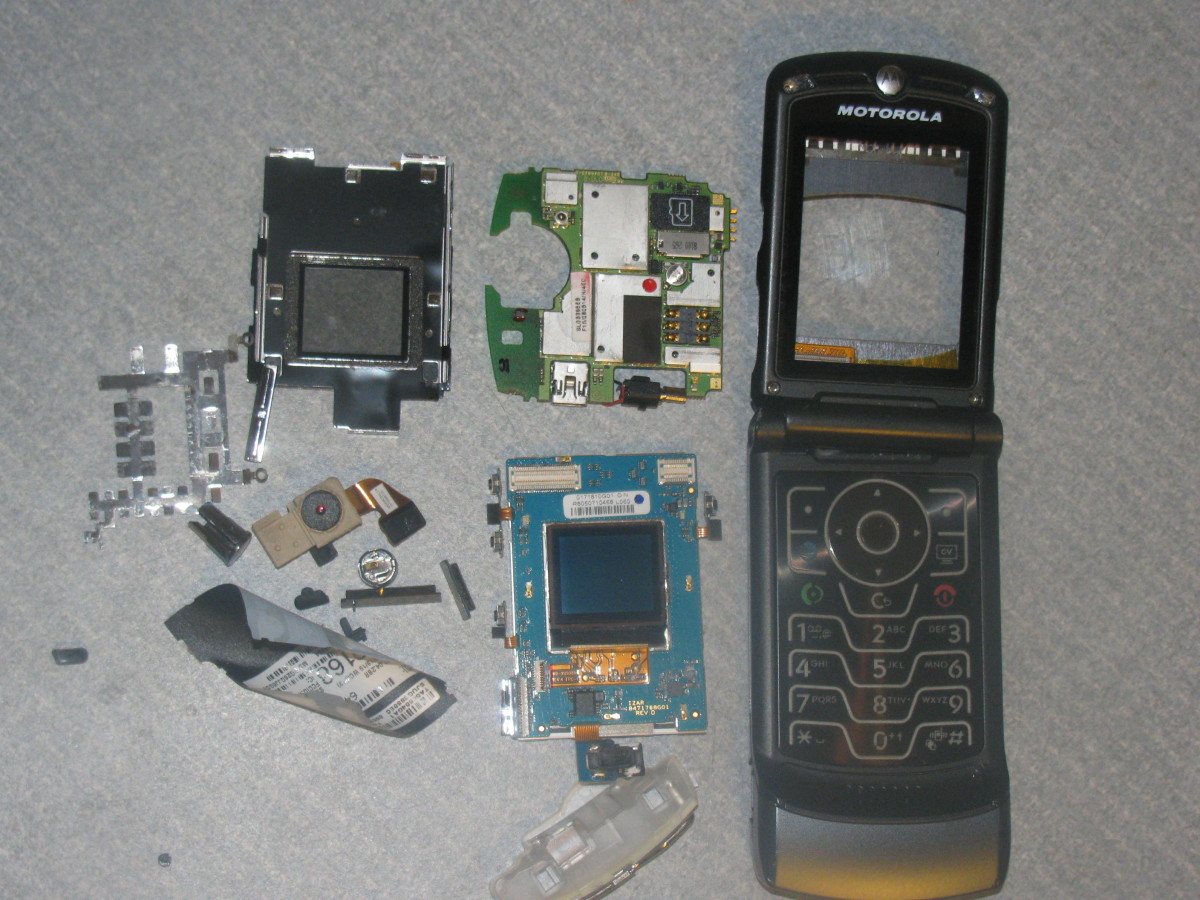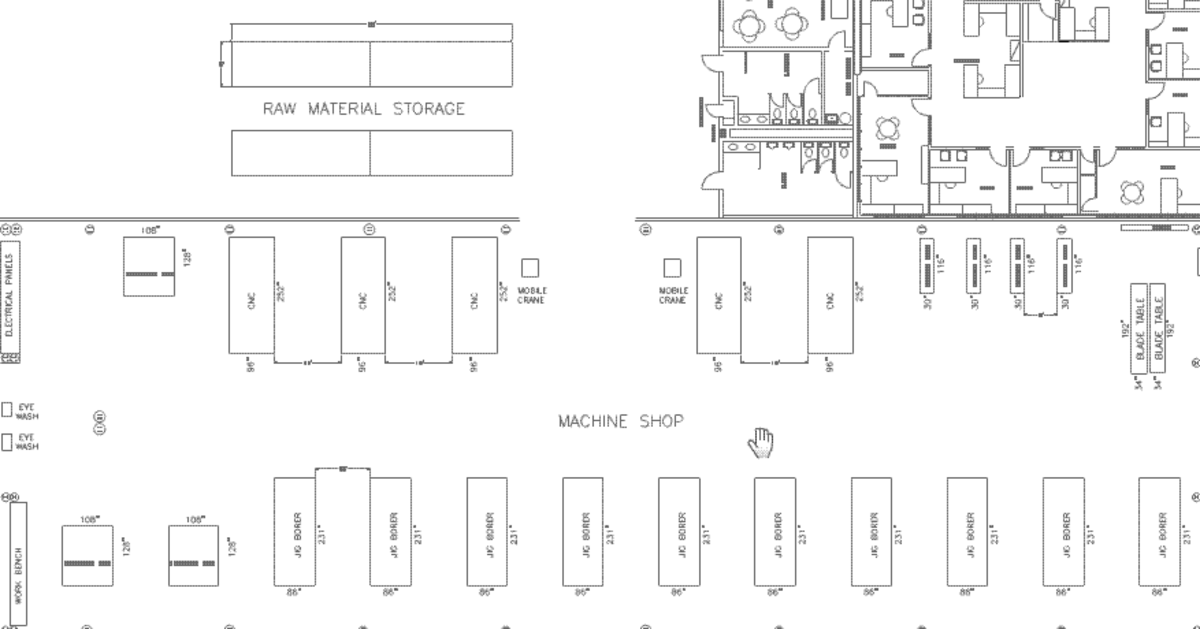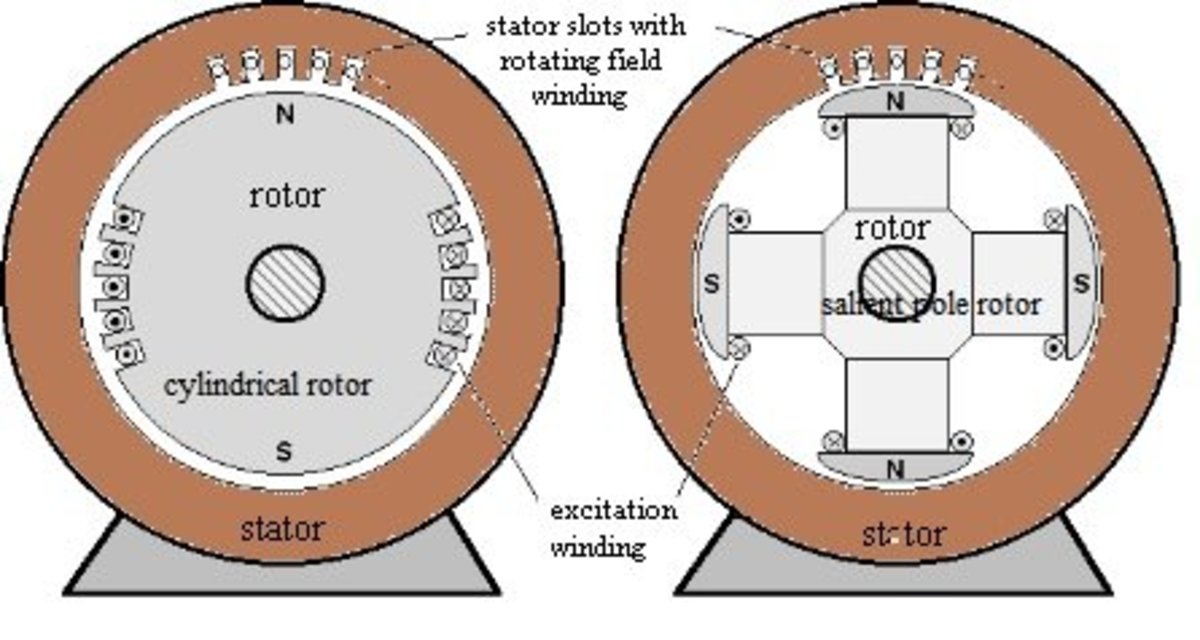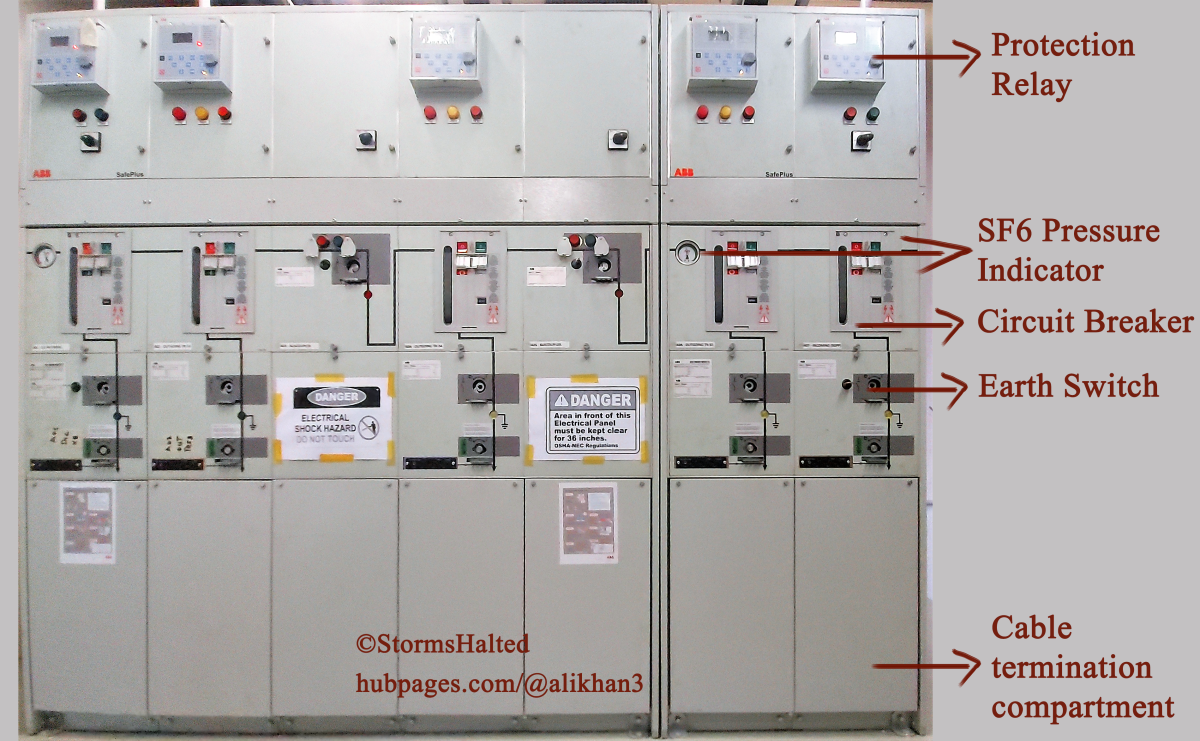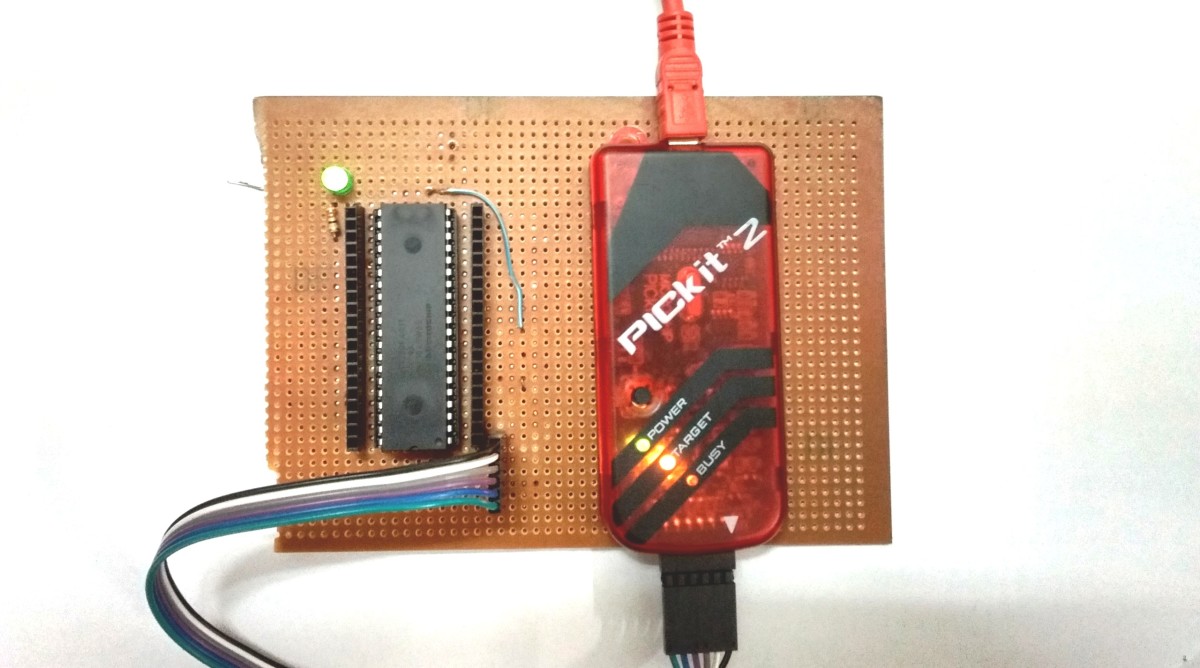Night Vision Standards
Night vision systems are moving into the broader market, no longer limited to military applications. Night vision systems, night vision systems and NVD are increasingly used by security personnel, hunters and as part of automotive hardware. What standards does night vision equipment need to meet?
ISO Standards for Night Vision Systems
ISO 16273 is the standard for night vision equipment used on high speed ships and marine vessels. This standard is in accordance with the International Maritime Organization.
ISO 21094 gives the design and performance specifications for night vision telescopic systems.
ISO 14490 gives the methods used to test night vision devices. ISO 14490 has eight parts.
ISO 14490-1 outlines the test procedure for the basic system characteristics like how far it can see and field of vision. ISO 14490-2 gives the appropriate method for testing binocular systems and analyzing the differences in magnification between the two eye pieces. ISO 14490-3 outlines the tests used on the telescopic sights such as eye relief range and the parallax, the difference in position when viewed between the two eye pieces.
ISO 14490-4 is the test procedure for astronomical telescopes on night vision devices. ISO states that ISO 14490-4 can also be used to test amateur telescopes for sky-watching. This is a standard that can apply to night vision systems as well as telescopes and field glasses. ISO 14490-5 describes the method of testing the transmittance or amount of incident light that passes through a sample lens.
ISO 14490-6 measures the veiling glare index or VGI, an indication of how much stray light is reflected between the lens elements and can fog the image, reducing the amount of detail observed through the night vision lenses. ISO 14490-7 gives the method of determining the resolution limits of night vision and telescopic systems.ISO 14490-8 is specifically for testing telescopic systems on night vision equipment.
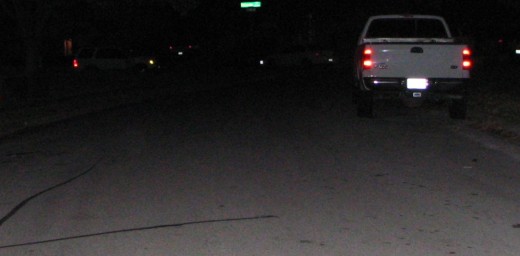
SAE Standards for Night Vision
SAE International was originally the Society of Automotive Engineers. SAE ARP4169 or Aerospace Recommended Practice 4169 is the standard for night vision goggle filters.
SAE AS5452 or Aerospace Standard 5452 is the standard for night vision compatible lighting used in civil aircraft, so that the lighting does not blind those wearing night vision goggles. Lighting that is compatible with night vision goggles is considered “NVG compatible”.
SAE ARP4168 is the standard for light sources compatible with night vision goggles.
SAE ARP4967 is the standard for illuminated information panels compatible with night vision systems.
SAE ARP4822 is the standard for night vision compatible illuminated switches in night vision information systems or NVIS. This aerospace recommended practices is intended to create devices compatible with military standard MIL-L-85762A.
SAE ARP4392 is the standard for night vision compatible exterior aircraft lighting.
ASTM Standards for Night Vision
ASTM F1863 outlines the standard test procedure for determining the transmissivity of transparent parts in night vision goggles. ASTM F1863-10 is the active version of this standard. ASTM F1316 is the standard for measuring the transmissivity of transparent parts like lenses.
ASTM D1003 outlines the test procedure for measuring the luminous transmittance of transparent plastics, including plastic lenses and components used in night vision systems though the standard is not limited to night vision devices.
ASTM F1256-11 gives the ASTM method of determining the optical distortion of transparent parts like lenses using a grid line slope. This standard can be used determine the distortion of plastic lenses.
Military Standards for Night Vision
MIL-STD-3009 is the military standard for aircraft lighting that is compatible with night vision systems. MIL-STD-3009 applies to military flight displays and cockpit controls.
MIL-L-85762 is the military specification for interior aircraft lighting compatible with night vision systems.
However, many military night vision and telescopic systems now reference ASTM and ISO standards instead of military specifications.

